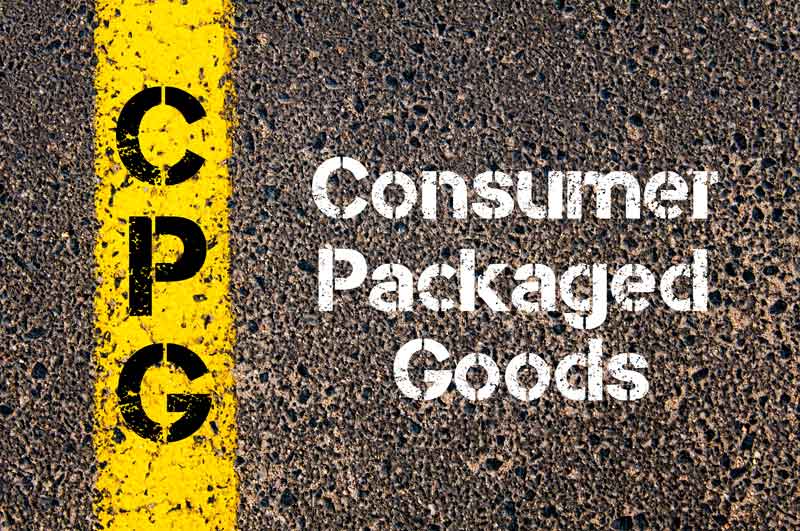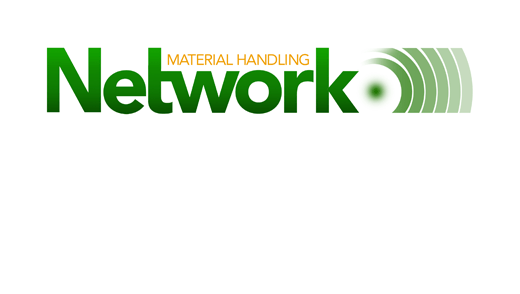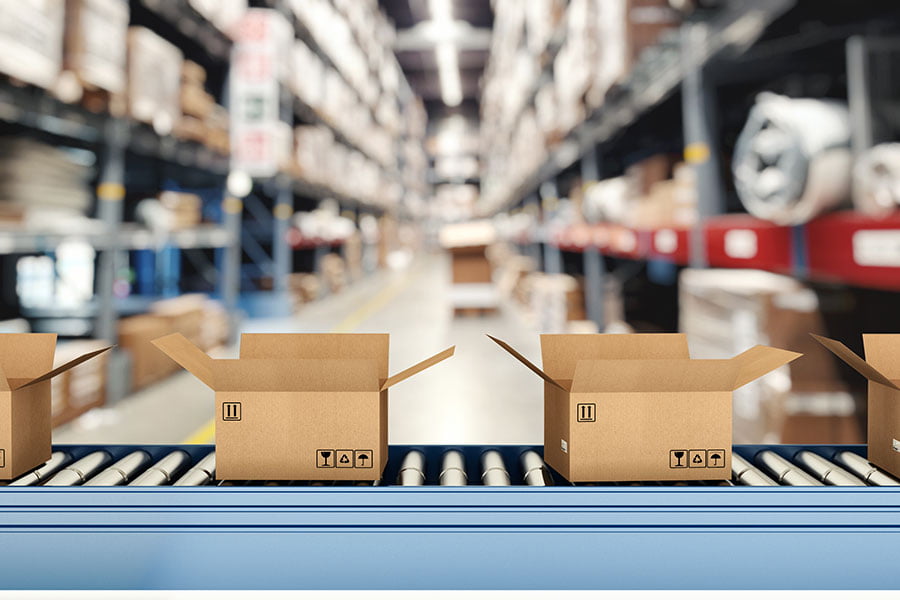Published February 11, 2019
There is a famous story you are no doubt familiar with about a menacing giant who was so ferocious that even the bravest of warriors did not dare to challenge him. Trained from birth as a warrior and ever so confident in his abilities, he challenged the warriors of Israel to one-on-one combat, winner takes all.
Only one champion stepped forward. He was not a king or a warrior, he was a young shepherd. He entered the battlefield void of any armor and armed only with some rocks and a slingshot. Instead of critically evaluating his opponent, the giant laughed loudly at the challenger, assuming him to be of little threat. Before the giant could finish his belittling laughter, he lay dead at the young shepard’s feet, killed by a single stone to the head from a slingshot.
The story of course is that of David and Goliath. It has become the quintessential underdog story, inspiring generations of ‘Davids’ to face their ‘Goliaths’. There is another lesson in this story, one that often gets overlooked, and that lesson is not for the Davids but the Goliaths of the world, never underestimate your opponent.
Goliaths are at the top of their game. They are unchallenged leaders in their industries with resources vast enough to crush any direct competition. Davids do not play by the established rules,they make up new rules.
For the past century, large Consumer Packaged Goods (CPG) brands have had almost absolute power over the retail landscape. If a consumer wanted quality soup, they bought Campbell’s, quality ketchup they bought Heinz, quality toothpaste they bought Colgate. If a consumer wanted to save money, they could buy the private-label store-brand version, thuscompromising on quality in exchange for a lower price. That was it. Those were the options. It was the big-name brands or the knock-off. There was no need to watch out for David because he could not even afford to get his product on the shelf. Do not forget, Davids do not play by the rules.
For CPG companies the rules have changed. This change is being led by an army of Davids in the form of increasingly powerful private-label brands and newly established direct-to-consumer (DTC) brands. According to Nielsen data, the collective market share of 16 of the largest CPG manufacturers (combined sales of $233 billion) has declined over the past five years from 33% to 31%. Conversely, 16,000 smaller manufacturers (combined sales of $145 billion) saw their collective share of the market rise from 17% to 19% over the same time period.
The Reinvention of Private-Label
Much like the purses for sale on the streets of New York that read ‘Prado’, store brands originally started out as lower quality but less expensive versions of the real thing.
This is no longer the case.
In some product categories, store brands are on-par or pricier than name brand options and consumers are increasingly developing brand loyalty to store brands. Research from CB Insights indicates that U.S. private-label brands are poised to take 25% of dollars in the coming decade. In 2017 private-label food sales grew three times faster than the sales of national manufacturers. In fact, as per a recent study Millennials’ shopping baskets contain 32% private-label as compared with a typical cart at 25%. I do not have to tell you why this segment matters.
What was once a mutually beneficial synergy, where stores provided shelves for CPG manufacturers’ products and in turn those products brought customers into stores, has now become a precariously balanced and forced partnership between two rivals in ruthless competition for a bigger piece of the same (brand name) pie.
Kroger: From Greatest Ally to Greatest Threat
Kroger, the third largest retailer in the world, is swiftly moving from powerful CPG ally to fierce competitor as its private-label brands continue to gain momentum.
According to CB Insights, the combined sales for Kroger’s store brands tops $20 billion, compare that to the total sales of popular name brands such as Smucker’s and Campbell’s Soup, which were $7.3 billion and $8.1 billion, respectively. Kroger’s Our Brands alone accounted for almost 30% of all unit sales at the retail behemoth and its Simple Truth brand saw 19% year-over-year growth in 2017.
From Value to Lifestyle
Many store brands have developed such a brand identity that consumers do not even recognize them as private-label anymore.
In Canada, Loblaws’ President’s Choice has created an entire brand experience which has inspired legions of (store) brand loyalists. Marketing for President’s Choice focuses primarily on the enjoyment of meals with friends and family, especially with their newest #EatTogether campaign. The products are secondary and price is not even in the equation. No one buys President’s Choice to get a deal, they buy it for the experience.
Let’s Talk About the Amazon in the Room
From inauspicious beginnings as an online book seller, Amazon has risen become the most valuable public company in the world. A feat that is even more impressive considering the company will be celebrating its 25th birthday this July. Moving far beyond books, Amazon is now a purveyor of all things, including over 100 private-label brands created over the past 10 years in everything from batteries to granola bars.
Recent studies show that Millennial consumers are much less brand-fickle than their brand-loyal predecessors, viewing private-label not as the discount version but as on par with many name-brand products. Millennials have an affinity for online shopping and in particular, Amazon (the eCommerce juggernaut is expected to capture almost half of all online shopping in the U.S. in the next couple years). As the purchasing power of this demographic cohort continues to increase, so too will the fortunes of private-label and Amazon.
Amazon’s prolific assortment of private-labels is not just for show, its private-label business is already generating $7.5 billion in yearly sales and poised to reach $25 billion by 2022. This meteoric success can be attributed to Amazon’s proficiency in data-mining. Its stable of private-label products are based directly off top-selling brands in its marketplace and the behavior of its customers.
In 2017, Amazon made a $13.4 billion foray into the grocery business with its purchase of Whole Foods, giving the e-tailer its first bricks-and-mortar outpost as well as inventory to launch into online grocery, an area that has been lagging in fresh categories such as vegetables, fruits, and meats.
While traditional bricks-and-mortar stores can do little more than give favorable positioning placement to their private-labels, Amazon can go a step further by ensuring its private-labels show up prominently in product searches. Additionally, Amazon has data that no one and certainly no bricks-and-mortar retailer has. Amazon knows the shopping patterns of its customers. It knows if someone has looked at an item and chosen not to buy it and it knows what products that customer typically shops for. It also knows exactly who that customer is and has their email for direct contact.
Amazon is already staking its claim on the future of shopping with its voice-activated assistant, Alexa. Research from Bain & Co. found that in categories where Amazon sold private-label products Alexa recommended those private-labels 17% of the time, while private-label only represents 2% of the site’s volume, showing a clear bias.
From humble beginnings, Amazon is now poised to present CPGs with one of their biggest threats yet.
The Rise of Direct-to-Consumer Brands
If you have never heard of a DTC brand, you have almost definitely done business with one. DTC is more than a sales channel, it is an entire customer experience; one that is embraced by some of the most valuable companies in the world (Apple) all the way down to niche start-ups (Glossier).
The main differentiator of a DTC brand from a traditional brand is that absolutely everything is built around the customer experience. The manufacturer controls everything from the research to design to sales channel to post-customer experience, completely leaving out the retail ‘middleman’ and focusing all efforts on customer experience.
The typical customer journey for a DTC brand is all online. Browsing social media on his or her mobile phone, a customer sees an ad or influencer post about the brand and its products. The consumer visits the brand’s mobile site, which is appealing and easy to navigate. The experience is seamless with all the information the customer is looking for easily at his or her fingertips. The checkout is fast and easy with multiple payment methods offered. When the package arrives, it has distinguished, branded packaging that perfectly complements the personality of the brand. If the customer is not pleased with the purchase, refunds and returns are processed painlessly without questions. The customer has just had an exceptional shopping experience without leaving the comfort of his or her mobile phone.
The rise of mobile commerce and companies like Shopify, which make it possible for anyone to set up an eCommerce site in minutes, have made it possible for DTC brands to come to market quickly and cheaply. For decades it was impossible for anyone except the behemoths to compete in the CPG space. To secure shelf space of any kind you needed money and lots of it. Only products that would sell got any interest from retailers. Of course, to drive consumer interest in your brand required marketing dollars and lots of them. With the rise of social media and mobile commerce, the high barriers to entry in the CPG space were removed, making it possible to compete with nothing more than a website and Instagram account (the modern-day version of a slingshot).



